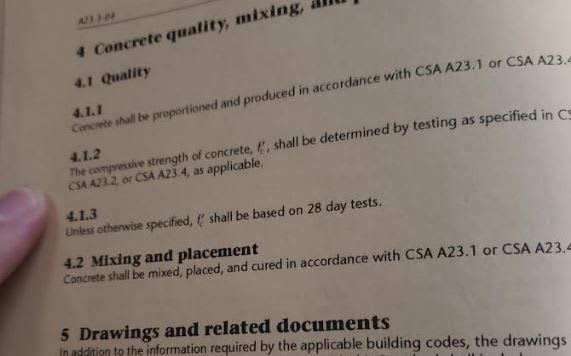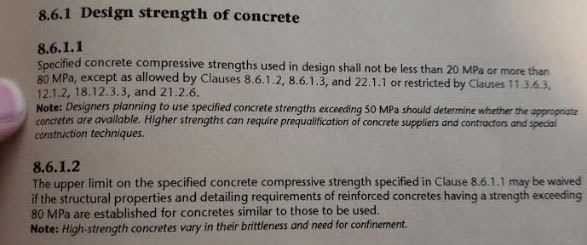The contractor has submitted a mix design requesting the use of 56-day strengths for "vertical concrete members" as opposed to 28 days. It seems that this is more common for high strength concrete (which this mix is 6,000psi) and I don't see an issue with it off hand. However, I'm trying to think what this might impact...
[ol 1]
[li]Shores/reshore[/li]
[li]For a podium structure, maybe we would need to check to see what their estimated progress on the superstructure would be. However, I don't know that the impact would be that substantial given the final design includes a much larger load.[/li]
[/ol]
Are there any other characteristics that would be different between a 6,000psi at 28 day concrete and a 6,000psi at 56 day concrete?
[ol 1]
[li]Shores/reshore[/li]
[li]For a podium structure, maybe we would need to check to see what their estimated progress on the superstructure would be. However, I don't know that the impact would be that substantial given the final design includes a much larger load.[/li]
[/ol]
Are there any other characteristics that would be different between a 6,000psi at 28 day concrete and a 6,000psi at 56 day concrete?



